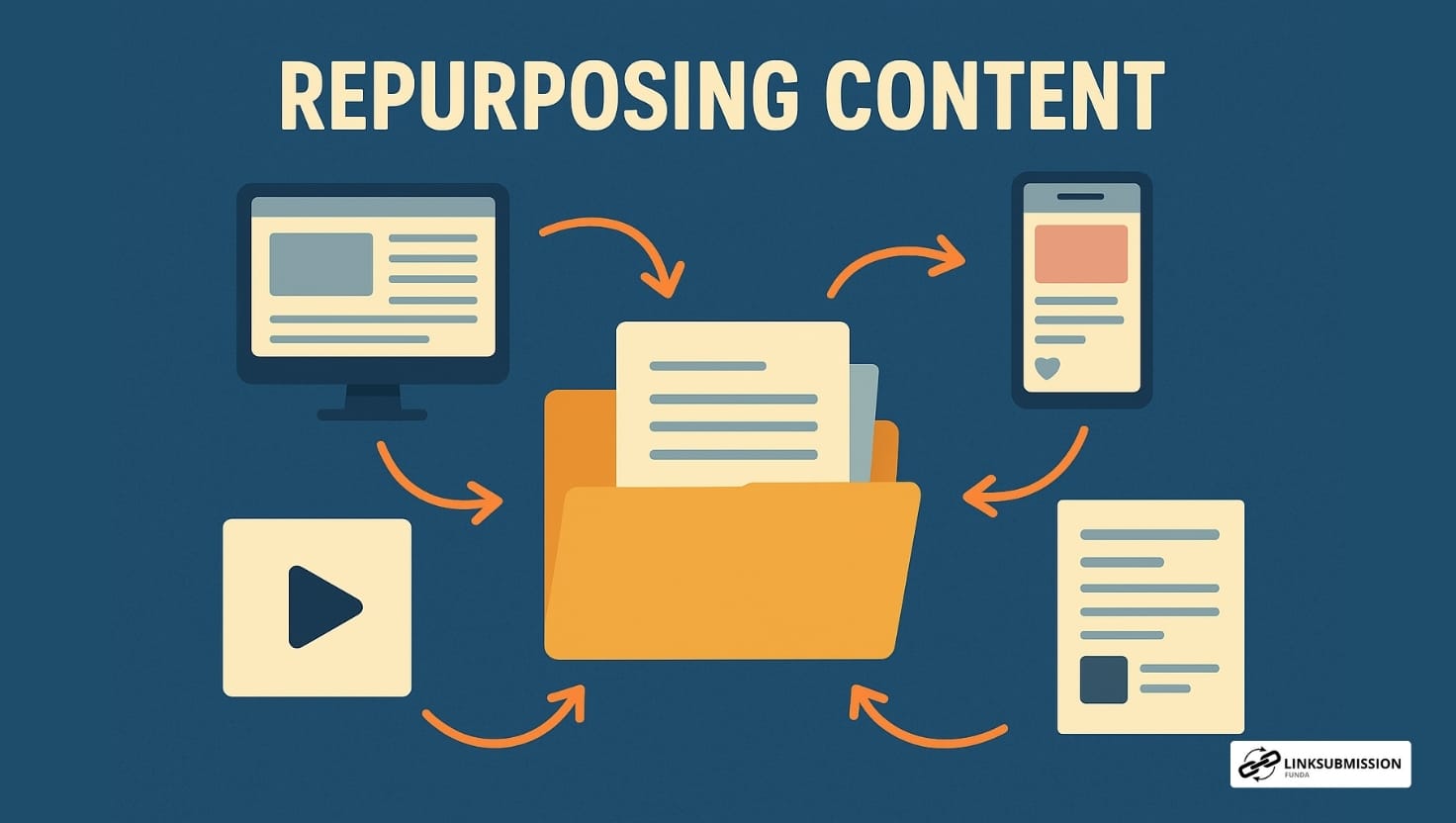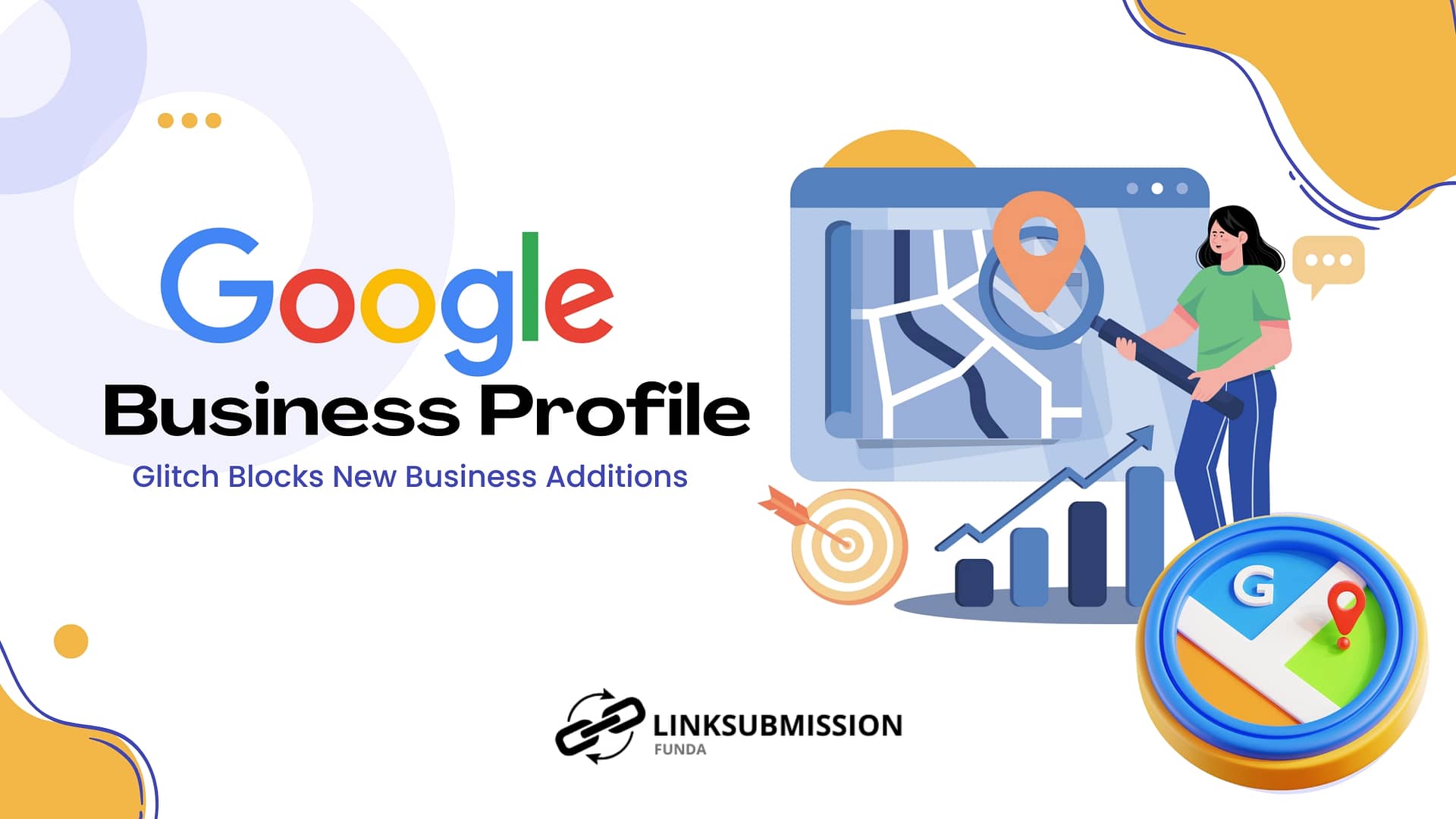In today’s fast-moving digital world, producing fresh content every day isn’t just exhausting — it’s inefficient. Brands that grow consistently aren’t the ones creating more; they’re the ones repurposing smartly. Content repurposing is more than reposting an old blog or cutting a video into reels; it’s a powerful strategy that extends your reach, boosts engagement, and maximizes ROI from every piece of content you create.
Yet, businesses overlook many simple opportunities that can turn existing content into new traffic, leads, and conversions. Here are six underrated but highly effective ways to repurpose content and unlock a brand-new wave of organic growth.
1. Convert Long Blogs Into Multi-Platform Micro Content
Most brands publish long-form blogs and leave them untouched afterward. A single well-researched article can give you days of content if used wisely.
How to repurpose:
- Break down the blog into bite-sized LinkedIn posts
- Turn stats into Twitter/X posts
- Convert key paragraphs into Instagram carousel slides
- Create threads that summarize the entire blog
- Extract quotes to create short text-based posts
Why it works:
Micro content performs exceptionally well on social media. It’s digestible, shareable, and ideal for maintaining daily visibility without creating new content from scratch.
2. Transform Webinars & Live Sessions Into Evergreen Lead Magnets
After a webinar ends, most brands simply upload the recording — a missed opportunity.
How to repurpose:
- Turn the recording into a mini-course
- Convert Q&A sessions into a FAQ page
- Extract audio and launch it as a podcast episode
- Create a downloadable PDF guide summarizing the event
- Cut the session into short clips for Instagram, YouTube Shorts, and Reels
Why it works:
Webinars hold immense value because the content is already structured and rich. Repurposing them into multiple formats increases your chances of capturing leads across different platforms.
3. Turn Customer Feedback Into Powerful Marketing Assets
Testimonials, Google reviews, WhatsApp messages, or even verbal feedback — these often go unused beyond one post. But they’re a goldmine.
How to repurpose:
- Convert each review into a branded quote graphic
- Create a video testimonial series
- Compile top reviews into a case-study style blog
- Turn before-and-after client stories into email marketing sequences
Why it works:
User-generated content builds trust faster than brand-created content. Repurposing real customer voices into multiple formats greatly boosts credibility and conversion rates.
4. Repackage Old High-Performing Posts Into Fresh Updated Content
Instead of creating multiple new posts, enhance old content that already has traction.
How to repurpose:
- Update statistics and rewrite outdated sections
- Add visuals, charts, examples, or new data
- Repost with a fresh angle or headline
- Convert old blogs into a downloadable resource guide
Why it works:
Updated content ranks faster, attracts new readers, and revives your website’s authority. Google loves fresh content — especially when it’s backed by an already-strong URL.
5. Convert Podcast Episodes Into Written Authority Content
Podcasts are rich in insights but get underutilized outside audio platforms.
How to repurpose:
- Convert episodes into SEO-rich blogs
- Extract motivational lines into quote posts
- Create a themed email newsletter series
- Develop infographics summarizing key learnings
Why it works:
Podcasts already contain structured content, stories, and expert viewpoints. Converting them into written formats helps build search visibility and positions your brand as a thought leader.
6. Build Content Libraries Using Repeated Topics & Themes
Every brand has recurring topics — FAQs, tips, industry updates, or product features. Instead of posting randomly, turn these topics into content libraries.
How to repurpose:
- Convert repeated tips into a mega-guide blog
- Combine informational posts into a downloadable eBook
- Create a resource hub on your website
- Repackage multiple posts into a YouTube playlist
Why it works:
Content libraries boost internal linking, improve site session duration, and establish topical authority. They also make it easier for you to repurpose in the future because content becomes structured and categorized.
Final Thoughts
Repurposing content isn’t about recycling; it’s about re-imagining. With the right approach, your existing content can serve new audiences, boost engagement, and multiply your organic reach — without doubling your workload.
The brands winning organic growth today aren’t creating content every day — they’re using what they already have, more creatively and more strategically.
Start applying these six overlooked repurposing methods, and watch your content ecosystem become a growth machine.





